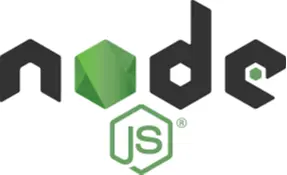
Контрольные вопросы для выбора стратегии внедрения
Например нам нужно автоматизировать процесс продаж - инструменты CRM это массовая технология и нет смысла разрабатывать свою - лучше адаптировать готовую и интегрировать с другими системами.
Например нам нужны коннекторы с WhatsApp, Telegram, Facebook, Instagram, телефонией, почтой и прочими массовыми платформами. Самостоятельная разработка и поддержка этого - просто выброшенные деньги на ветер.
Пример платформ для маркетплэйсов и онлайн-магазинов. Там уже многолетними экспериментами выбраны лучшие механизмы отображения товаров и удобные интерфейсы для покупателей. Зачем изобретать велосипед, когда за несколько тысяч евро можно получить решение с 500 готовыми функциями?
Но иногда бывает, что нужного функционала нет или он раскидан по разным системам, покупать которые и еще и интегрировать вместе не выгодно. В этом случае разработать свое решение может быть правильным выбором.
Еще одна причина создать свое ядро управления - это организация обмена данными между отдельными функциональными системами. В этом случае можно ограничится довольно простыми интерфейсами и вложить больше ресурсов в логику и качество управления процессами.






